Vimar Switches
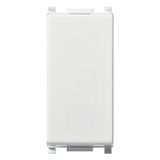

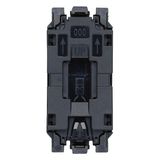
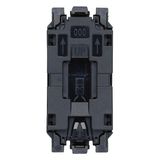
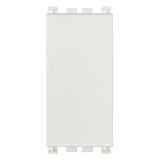
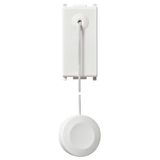

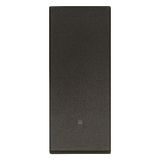
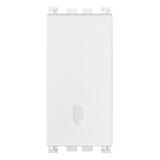
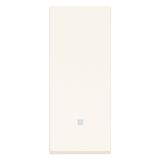

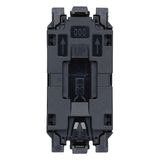
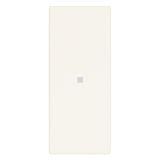
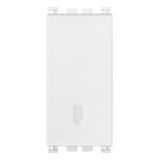


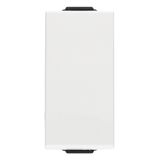
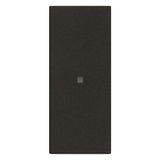
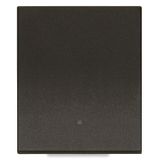
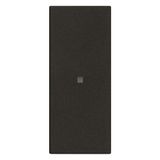



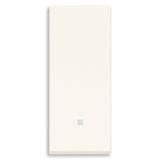
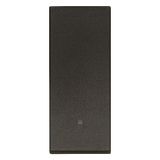
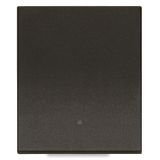




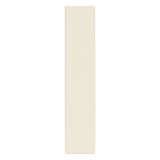

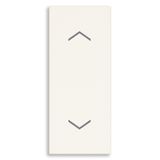
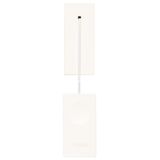

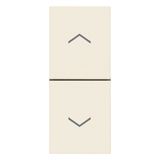

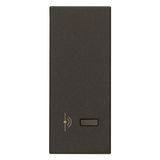

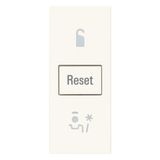
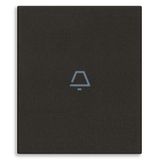
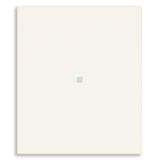
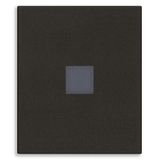
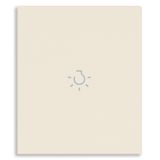
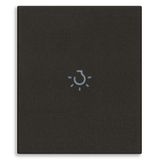
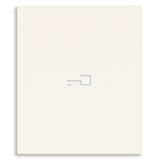
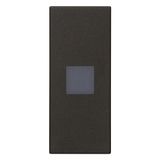
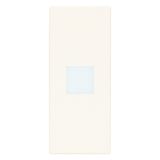
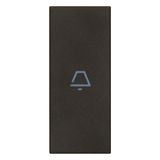

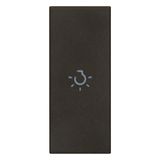
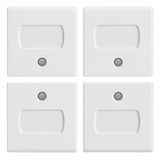
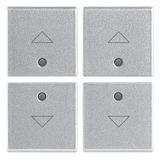

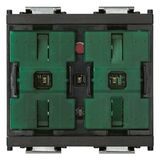

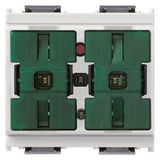
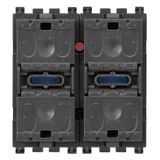
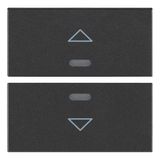

Project engineers keep Vimar in the spec because the switch platform is predictable: one geometry for boxes and frames, consistent torque/strip rules, and mechanisms that hold up to cleaning cycles and high duty in commercial buildings. Below is a procurement-ready map with ratings, mounting logic, and control options you can drop straight into drawings and method statements.
vimar switches portfolio and series map
The vimar switches lineup covers one-way/two-way/intermediate mechanisms, momentary returns for relays, and change-over inserts for automation. Core ratings: 10AX/16AX at 230 V AC (LED-driver friendly), AgSnO₂ contacts, screw or spring clamps for 0.5…2.5 mm² Cu, strip 8–10 mm, and typical terminal torque 0.4–0.8 Nm. Frames and supports align with the 55–71 mm module system so your wall grid stays consistent across ranges.
vimar wall switches mechanisms and mounting options
Choose fixed or modular bodies with claw or screw fixing for masonry/drywall, 60 mm screw spacing, and Ø68 mm cutouts; spacer rings (2–10 mm) correct proud plaster. IP20 is standard; add gaskets in wet zones. For crews that swap by room pack, vimar wall switches keep the same depth envelope so plates sit flush even when data or USB modules share the gang.
vimar electrical switches ratings and durability classes
Where duty cycles are high, vimar electrical switches specify 16AX mechanisms, glow-wire 650/850 °C (IEC 60695-2-11), and >40 000 cycle endurance at rated load. Impact options reach IK05–IK07 for schools and corridors. Marking windows accept circuit IDs; test points are accessible after fit-off, which shortens night-shift sign-offs.
vimar modular switch systems frames, supports, and inserts
Multi-gang bars keep the 71/71/71 mm pitch for scene plates; supports accept rockers, key switches, hotel card inputs, and blind controllers on the same grid. With vimar modular switch systems, you pre-approve supports and finishes once, then mix inserts without touching box geometry or device spacing.
vimar lighting control switches dimming and automation interfaces
Trailing/leading-edge dimmers, 1–10 V/0–10 V controllers, DALI-2 scene plates, and KNX keypads share one aesthetic. Minimum dim level and fade times are settable; EMC holds up near LED drivers. When documents call for vimar lighting control switches, list protocol, curve (log/linear), min level (1–3 % typical on DALI), and tested loads to avoid on-site tuning.
vimar designer switches finishes and user experience
Glass, metal, matte polymers, antibacterial options, and hospitality finishes land on the same support. Backlit legends, tactile domes, and silent returns improve UX in quiet spaces. Procurement teams pair vimar designer switches with room schedules (finish code, engraving, night-light on/off) so replenishment never mixes hues or iconography.
vimar power switches heavy loads, isolation, and safety
Plant rooms and kitchens need higher inrush handling, lockable toggles, and neon indicators. Select 20AX where motors and transformers sit on the spur, and use 2-pole isolation where regulations demand it. On risers, vimar power switches with clear on-device diagrams prevent mis-termination when mixed with emergency or cleaning circuits.
Technical specifications and standards that matter
Supply 230 V AC, 50/60 Hz; contact ratings 10AX/16AX/20AX per insert; terminals 0.5…2.5 mm² Cu; strip 8–10 mm; torque 0.4–0.8 Nm (label prevails). Ingress IP20 (IP44 with gasket kits); impact to IEC 62262 per model. Compliance: EN 60669-1 (mechanisms), EN 60669-2-1 (dimmers/ELV controllers), EMC EN 61000 family. Keep SELV/mains segregation inside boxes; maintain bend radius for data when sharing gangs.
Applications and integration
• Offices/hospitality: scene plates with DALI-2, silent returns in meeting rooms, engraving for room functions.
• Education/healthcare: antibacterial trims, higher IK on corridors, locator LEDs for low-light navigation.
• Plant/back-of-house: 20AX isolation, neon indicators, and gasket sets where washdown or steam is present.
All parts align with the brand’s boxes, conduits, and trunking, so trim lines stay level and IP survives maintenance.
Selection checklist for B2B buyers
- Define load type (LED drivers, motors, heaters) and choose AX rating/curve accordingly.
- Fix control method (mechanical, 1–10 V, DALI-2, KNX) and publish dim curve + minimum level.
- Lock geometry early: gang plan, support type, frame finish, engraving/legend rules.
- Declare environment: IP/IK class, hygiene/cleaning agents, locator-LED policy.
- Put torque/strip lengths and labeling into the method statement so every floor hands over first time.